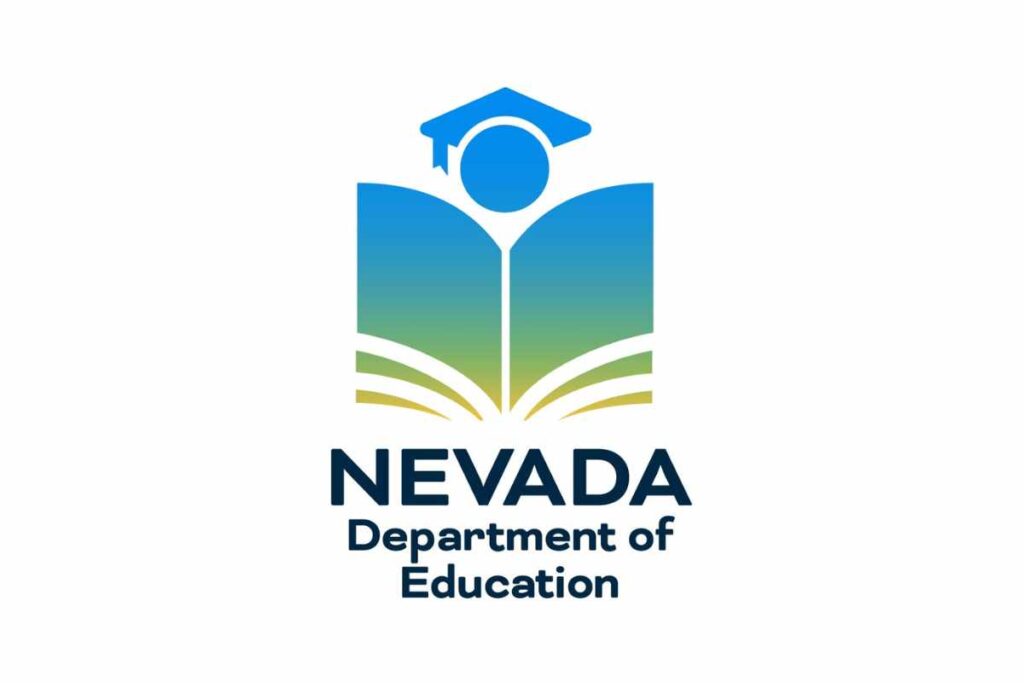New Guidelines Released by Nevada Department of Education
In July, the Nevada Department of Education unveiled updated guidance documents for districts and charter schools to better address dyslexia, a learning disorder that affects reading, spelling, and writing abilities. This update was deemed essential by advocates who have long called for clearer guidelines and better resources for students facing such challenges. Dyslexia is a common issue, with the National Center for Learning Disabilities noting that one in five people nationwide experience learning or attention-related difficulties like dyslexia. Among those affected are individuals such as 8 News Now anchor Ozzy Mora and Joshua Gregory, a student from the Clark County School District, who shared his personal struggles with the disorder.
Joshua Gregory described his experience, stating, “Reading’s the hard part. Anything on paper that I have to read, […] gets really hard, so I need help.” He further explained that the mere sight of numerous words on a page causes him stress. His mother, Jennifer Gregory, a dyslexia specialist working at CCSD, noticed her son’s difficulties early on. She recalled, “I was seeing the signs early on. Not able to count one to 10 in a consecutive way.” Jennifer Gregory explained that dyslexia affects the way the brain processes and interprets words, leading to challenges in converting those words into speech.
Understanding Dyslexia and Misconceptions
Assistant professor Abbie Olszewski from the University of Nevada, Reno, who specializes in Speech Pathology and Audiology, emphasized that dyslexia is often misunderstood. According to Olszewski, “The root cause of dyslexia is when you have difficulty with your phonological system of language,” which means that individuals with dyslexia may struggle to identify the number of sounds in words, making reading and spelling particularly challenging. The new guidelines issued by the Nevada Department of Education aim to clarify these misconceptions by providing updated information on dyslexia programs, screening processes, and instructional strategies. The refreshed documents also focus on the importance of early identification and targeted support for students, aiming to improve their educational outcomes.
Enhanced Communication and Instructional Approaches
Nevada Superintendent of Public Instruction, Jhone Ebert, highlighted the need for intentional and focused instruction when it comes to dyslexia. “You need to be intentional about the instruction,” Ebert stated, stressing the importance of collaboration between educators and parents in supporting students with dyslexia. The revised guidelines are designed to foster stronger communication between schools and families, ensuring that students receive the help they need to succeed academically.
The updated guidance is the first since the original documents were released in 2015. Ebert noted that the process of updating these guidelines had been delayed due to the COVID-19 pandemic. Now, with the new guidelines in place, the Nevada Department of Education hopes to provide better resources and support for students with dyslexia, helping them to overcome their challenges and achieve academic success.

